A Short History of Hemp in America
The Early Days
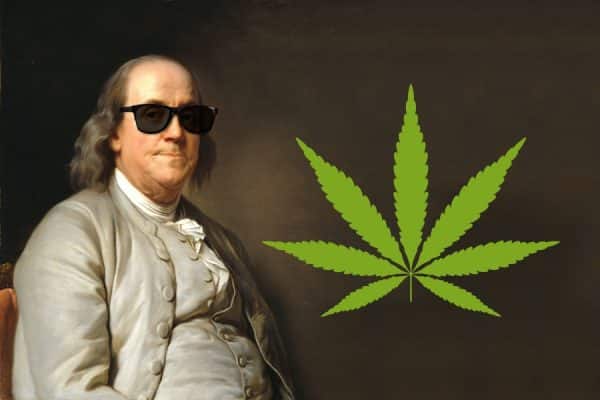
The history of hemp in the USA has similar roots to Australia.
Winding the clock back to 1609, the first British settlement in America was established in Jamestown, Virginia, Hemp was an essential agricultural crop used to make many critical products for early settlers.
From the sails they used to sail to "The New World", to paper, lamp fuels, rope and much more…
There were many founding fathers of America that not only advocated for the many uses of hemp and its many uses and benefits - but also grew hemp themselves, the most notable example was George Washington, who grew hemp on his very own estate!

In 1619, just 10 years after settling, America’s first hemp law was enacted at Jamestown Colony, Virginia, effectively ordering all farmers to grow the "Indian hemp seed".
Hemp was even used as a legal tender, and many other colonies adopted this throughout the 17th & 18th centuries.
Hemp remained a legal tender across most of the Americas until the early 1800's - You could even pay your taxes with hemp!
Prohibition
Things were great for hemp in America until the early 1900s where we saw prejudice grow for our Mexican friends who introduced America to recreational use after the Mexican Revolution of 1910 which saw Mexican immigrants flood into the U.S.
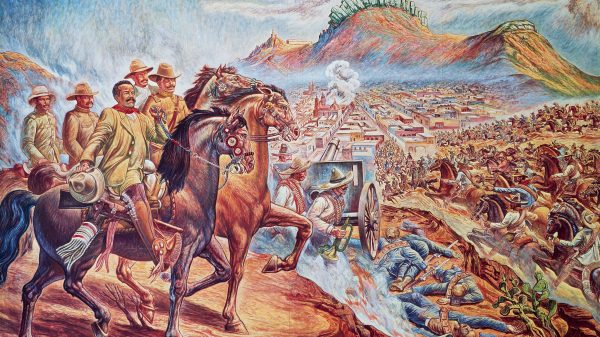
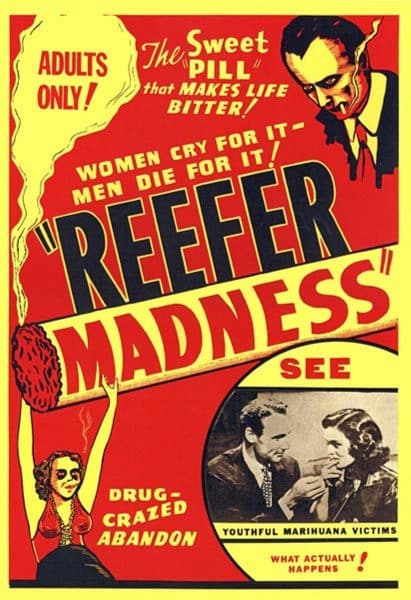
In 1930 Harry J. Anslinger becomes the first Commissioner of the newly created Federal Bureau of Narcotics, the next year 29 states had outlawed it.
In 1932 Harry pushes the “Uniform State Narcotics Act” on individual states. by 1936 America had succumbed to hysteria and had reached a fever pitch with the infamous “Reefer Madness”, a propaganda film produced by the French director, Louis Gasnier & The Motion Pictures Association of America, composed of the major Hollywood studios, banned the showing of any narcotics in films.
In a strange twist of fate, just 4 years later during WW2, the U.S. Department of Agriculture launched its "Hemp for Victory" program, encouraging farmers to plant hemp by giving out seeds and granting draft deferments to those who would stay home and grow hemp. By 1943 American farmers registered in the program harvested 375,000 acres of hemp.
Soon after the war ended, ushered in a period of around 50 years of increased restrictions like; Boggs Act 1952 and Narcotics Control Act 1956 - while starting in the 60’s a cannabis counterculture started to rise, but even after reports commissioned by Presidents Kennedy and Johnson found that marijuana use did not induce violence nor lead to the use of heavier drugs, the draconian prohibition continued right through to Bush’s war on drugs in 1989.
Modern Days
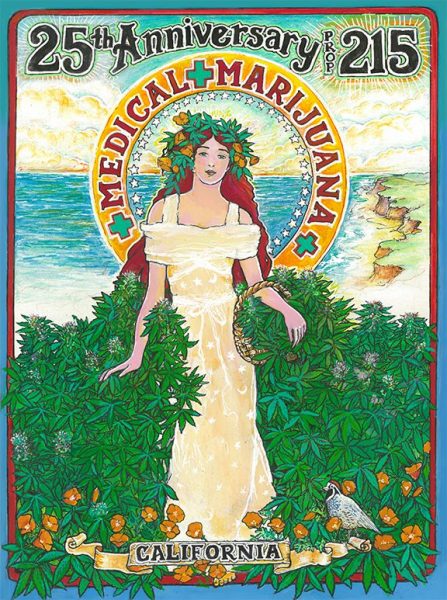
It wasn't until 1996 when California voters passed Proposition 215 allowing for the sale and medical use of marijuana for patients with AIDS, cancer, and other serious and painful diseases. This law stands in tension with federal laws prohibiting the possession of marijuana.
Since then, almost half of the states in the USA have legalized recreational use - which goes to show just how far we’ve come as a society in the last century. But today, we want to focus on Industrial Hemp in particular.
As of 2022, industrial Hemp has made a huge comeback in America, and numerous states have even started tapping into medical and recreational cannabis markets. It’s safe to say people power pulled through in the end, and this war is coming to an end.
So, what does America do with Hemp these days? Read on to learn about the modern industry!
President Obama Signs Farm Bill With Amendment To Allow Industrial Hemp Research

In 2014 President Obama signed the Farm Bill which contains an amendment to legalize hemp production for research purposes.
“With the U.S. hemp industry estimated at over $500 million in annual retail sales and growing, a change in federal law to allow colleges and universities to grow hemp for research means that we will finally begin to regain the knowledge that unfortunately has been lost over the past fifty years,” says Vote Hemp President Eric Steenstra.
“This is the first time in American history that industrial hemp has been legally defined by our federal government as distinct from drug varieties of Cannabis. The market opportunities for hemp are incredibly promising-ranging from textiles and health foods to home construction and even automobile manufacturing. This is not just a boon to U.S. farmers, this is a boon to U.S. manufacturing industries as well.”
Hemp Foods In America
Hemp Seeds
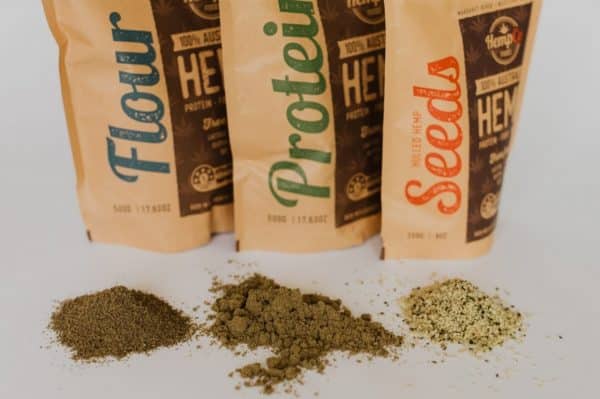
Hemp seeds are a prominent sector in the American hemp industry due to the diverse range of culinary ingredients that can be made from them, and the spectrum of meals they can be used in.
The primary food products that are derived from the seed are; Hulled Hemp Seeds, Hemp Seed Oil, Hemp Flour & Hemp Protein Powder.
In recent years there has been a whole range of secondary products popping up that use hemp seed derivatives as a primary ingredient. These include chocolates, tea, coffee, energy bars, breakfast cereals & even alcohol!
More recently we've seen a trend (that we're 100% behind and eagerly await Australian law and regulations to catch up on) with other parts of the hemp plant such as hemp leaves, roots and micro-greens.
Micro-greens

Hemp micro-greens are one of the newest areas of interest, much like other micro-greens.
The seeds are planted, sprouted, and then harvested as seedlings.
The dense nutritional properties are highly desirable in favourites like smoothies and pizzas.
Hemp Leaves
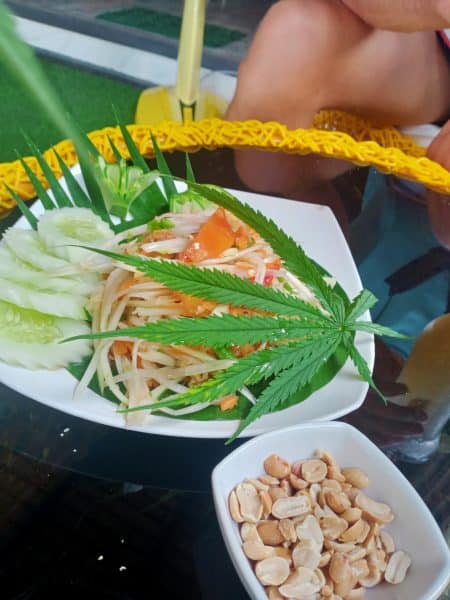
Hemp leaves are another recent trend in the hemp food space.
They contain an impressive list of nutrients, some of which are unique to the leaves in particular.
Juicing fresh leaves is a great way to take advantage of this, but some people are even grinding and pre-drying it like a super greens powder or deep-frying the whole leaves for decorative effect.
Hemp Fashion in America
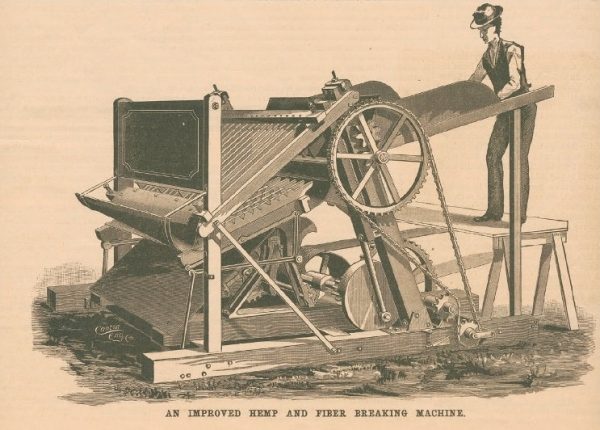
Although the origins of Hemp Clothing can be traced back approximately 10,000 years, it wasn't until new industrial methods of softening hemp fibres & fabric were developed in the 1980s that 100% hemp clothing gained popularity.
In traditional processing, water is carried away, then the fibre is separated from the core (which is not used in fabric production) by hand and with sanding rollers and special brushes. The fibre is then spun and woven into a piece of organic fabric.
Its roughness was a major problem, however, which meant that hemp clothing remained a "poor man's choice of clothing" for hundreds of years. The hemp needed to be softened, but a traditional method that used acids to remove the lignin (organic glue that makes the fibres stiff) didn't work well, weakening the hemp fibres and reducing their durability.
Hemp Building in America
The most sustainable building material is not concrete or steel, but renewable hemp. Hemp structures come from Roman times, tracing back to a hemp mortar bridge that was built in the 6th century when France was still called Gaul.
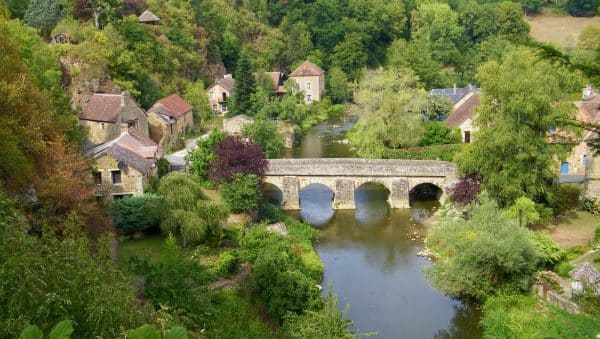
Now a wave of builders and botanists are working to renew this market. The mixture of woody hemp fibres with lime results in a natural and light concrete that retains the thermal mass and is very insulating. No pests, no mould, good acoustics, low humidity, no pesticide. It grows from seed to harvest in about four months.
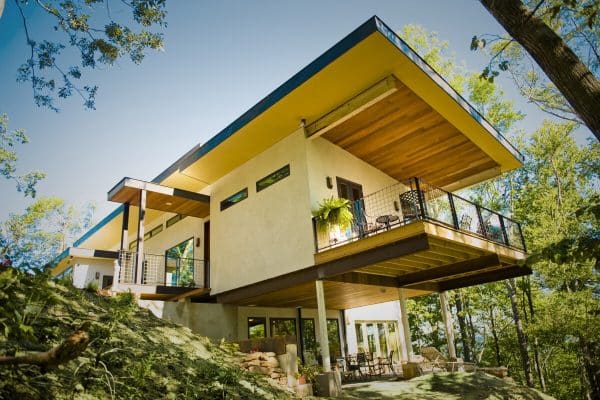
However, special permits are required to build with hemp in the United States.
Requirements may vary by county and state.
The first modern hemp house was built in North Carolina in 2010.
It's still early days for the American hemp construction industry & production remains a major roadblock for widespread adoption.
We'd love to hear your thoughts and experiences with your own hemp culture - Leave a comment below!
